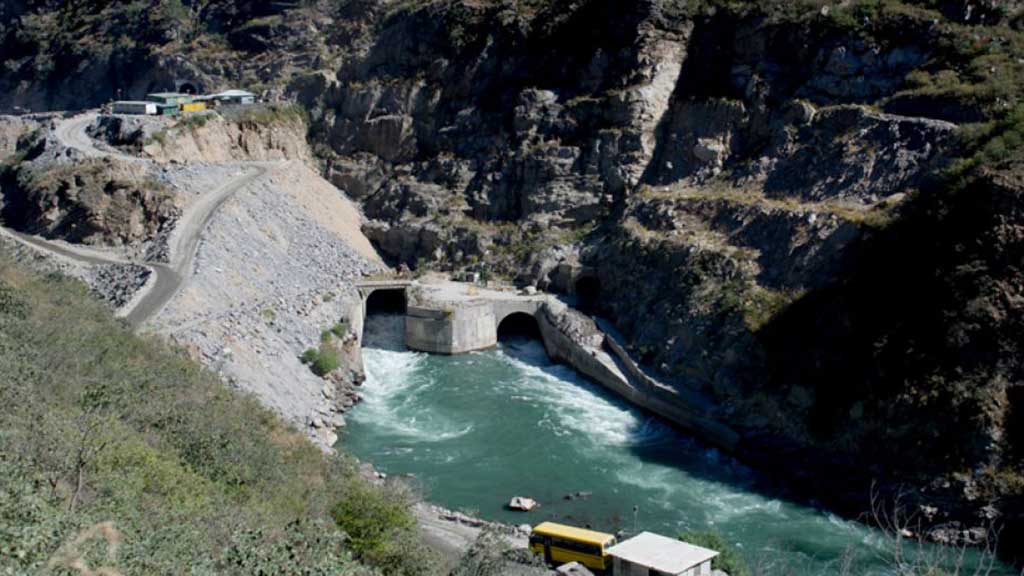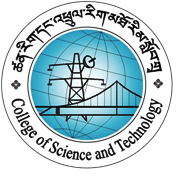- Teacher: Manoj Chhetri
VLE - College of Science and Technology
Search results: 111
- Teacher: Manoj Chhetri
- Teacher: Saroj Sanyasi
- Teacher: Rigzin Norbu
- Teacher: Kuenzang Thinley
- Teacher: Kuenzang Thinley
- Teacher: Kuenzang Thinley
- Teacher: Pema Zangmo
Module Code and Title:
Programme: ECD202 Digital Electronics and Logic Design
Credit: 12
Module Tutor : Kamal Kumar Chapagai
- Teacher: Kamal Kumar Chapagai
- Teacher: Pema Zangmo
- Teacher: Aita Bdr. Subba
- Teacher: Tshering Om
- Teacher: Tshering Om

Module Code and Title : EVE301 Hydrology
Programme : BE in Civil Engineering
Credit : 12
Module Tutor : Pema Choden
General Objective:
The objective of the module is to provide students with a comprehensive understanding of the processes and principles that govern the movement and distribution of water in natural systems. Students will gain knowledge of the hydrological cycle and develop an understanding of the variations in the occurrence, movement, and distribution of water in natural systems.
Learning Outcomes:
On completion of the module, students will be able to:
1. Demonstrate an understanding of the hydrological cycle and identify variations in flow and dispersion patterns.
2. Evaluate the amount of precipitation using various methods and techniques.
3. Calculate water losses due to evapotranspiration in a hydrological system.
4. Apply the concept of hydrographs in the assessment of surface runoff using different methods.
5. Quantify infiltration amounts using various infiltration methods.
6. Utilize different Hydrometry instruments to estimate stream flow and water discharge.
7. Apply the concept of hydrologic routing and its applications in water resource management.
- Teacher: Tashi Dorji
- Teacher: Saroj Rai
- Teacher: Chimi Wangmo

General Objective:
The module aims to introduce the concepts of environment and associated issues such as poverty, disaster risk reduction and gender. It dwells on the key emerging environmental pressures in the country and the corresponding adaptation measures in response to the pressure. Mainstreaming of cross cutting issues (environment, climate change, poverty, disaster and gender) into policies and plans and mainstreaming tools such as SEA and EIA are also introduced.
Learning outcomes:
On completion of the module, students will be able to:
1. Explain man-environment relationship and emerging sustainability problems/issues.
2. Prepare a range of innovative and proactive adaptation and disaster resilient measures to respond to climate change.
3. Suggest remedial measures to overcome environmental pressures.
4. Explain Environmental Impact Assessment (EIA).
5. Describe the concept of Strategic Environmental Impact Assessment
6. Evaluate Risk Assessment on disaster risk reduction.
7. Describe mainstreaming of cross cutting issues of ECPM (Environment Climate Change and Poverty Management)
- Teacher: Pema Choden
